When Antonio “Toni” Kilgo was hit by a car while riding his motorcycle in July 2018, he had no idea he’d splintered his hip socket.
No clue he’d soon experience “the absolute worst pain” of his life. Or be off work for nearly a year.
And he had no idea he’d one day look back on the accident and the disruption it caused as “not a negative at all.”
For months, though, a happy ending looked far from certain.
‘You need to go to the hospital’
The accident happened on a Saturday afternoon.
Toni, 44, had gone out for a solo ride on his candy-apple red Honda F4 and was on his way back to his Grand Rapids, Michigan, home. His wife, Christina, his usual riding buddy, had stayed home that day.
As Toni neared an intersection, a young driver hit him from behind and propelled him into traffic, where he was hit a second time.
A man named Dom saw the crash and stopped to lend a hand. He pulled Toni to his feet, helped him find his phone and pushed the bike to the side of the road.
Toni could tell his right leg didn’t look right, but it didn’t hurt.
Shock will do that to a person.
“So I’m like, ‘Dang, my leg,’” he said. “I thought it was dislocated, so I’m asking Dom to pull it. And he’s like, ‘No, man, you need to go to the hospital.’ But at that time I’m feeling no pain.”
His first priority? Getting his motorcycle to safety.
He called Christina, told her he’d been in a crash and said he wanted to get the bike home: “I just got hit, but everything’s OK. I just need you to get the truck and trailer ready.”
Dom wanted Toni to get to the hospital ASAP but agreed to give him a ride home to fetch the truck and trailer.
Back at the accident site, the three loaded up the motorcycle, then said their goodbyes.
That’s when the pain set in. Time was up. Rather than heading home, Christina drove straight to the emergency department at Spectrum Health Butterworth Hospital.
‘Just a head in a bed’
Toni remembers getting X-rays and waking up later with his leg in traction.
He remembers meeting Blake Miller, DO, an orthopedic trauma surgeon with the Spectrum Health orthopedic trauma and reconstructive surgery team.
Dr. Miller walked the couple through the details: The impact of the accident had dislocated Toni’s right hip. The emergency department doctor maneuvered it back into the socket, then put the leg in traction to ease the excruciating pain.
Imaging scans also showed a significant acetabular fracture. The back wall of the socket, which holds the femoral head in place, had broken into multiple pieces, some big enough to save, some so small they would have to come out.
“He was set up for a bad problem when he came in,” Dr. Miller said. “I don’t know how he tolerated the pain as much as he did.”
Toni would need two surgeries, the doctor said: a trauma surgery immediately to repair the fractured socket and a total hip replacement sometime down the road.
“We didn’t want to jump right to a total hip because of his young age,” Dr. Miller said. “So I attempted to fix it the best I could.”
The surgery left Toni with a collection of metal plates and screws holding the bone fragments together. If he was lucky, he could wait a couple of years before having the second surgery. Time would tell.
Toni went home to rest and let the bones heal. For three months, he’d need to stay off his feet.
For someone who worked as a commercial electrician all day and spent evenings and weekends on the go—bicycling, hiking, fishing, swimming, adventuring, exploring—being confined to bed felt like a shock to the system.
And for someone who never looked to anyone for help, losing his independence proved no less disorienting.
“It was really, really humbling because anything you’d normally do in the bathroom by yourself—I couldn’t do any of that. Christina had to help do everything, and I’m not a really helpless type of person. I don’t know how to be helpless,” Toni said.
“I was just a head in a bed. I couldn’t move.”
‘More good… than bad’
Christina took leave from her data center job to care for her husband at home. It was hard for both of them. But after a week or two, the couple started settling into their new roles and a quieter lifestyle.
The accident forced Toni and Christina to slow down—way down—and just spend time together. Quality time. Talking more, doing less.
It brought them back to their dating days, six years ago.
“We used to just sit and talk and talk and talk all day. Then we got busy, we got married, and we just—‘Let’s do this and let’s do that.’ Busy, busy, busy, busy. And we just stopped talking,” Toni said. “We were always together doing stuff, but we really didn’t have that quiet talk time.”
Now they talked, played board games, read books and dreamed about a future they couldn’t quite see.
“When you’re stuck in the house together for three months, you really find out if you like each other, love each other or hate each other,” Toni said.
“We found out we really did love each other.”
The accident helped the couple rebuild their connection and reset their focus.
“More good came out of it than bad,” Christina said, looking back a year later.
Pain, beating ‘like a drum’
At the end of his three non-weight-bearing months, Toni began physical therapy and started using a walker around the house. Christina went back to work.
But the pain, which pulsed “like a drum” throughout his time in bed, grew rapidly worse as Toni tried to walk. He imagined never getting back to normal. His spirits took a nosedive.
After describing the pain to Dr. Miller, Toni learned that his second surgery would have to happen sooner rather than later. Severe post-traumatic arthritis and an unstable hip joint had caused debilitating pain that only a hip replacement could fix.
Dr. Miller introduced Toni to his colleague C. Christopher Sherry, DO, a joint replacement specialist with Spectrum Health Medical Group orthopedics.
Dr. Sherry confirmed the need for surgery. Toni “wasn’t where he needed to be to function normally as a 44-year-old,” he said.
So in December, less than five months after the accident, the two surgeons together performed Toni’s total hip replacement at Spectrum Health Blodgett Hospital.
Noting that Dr. Miller had done a “really exquisite job putting him back together” after the initial trauma, Dr. Sherry said they were able to work around the existing plates and screws to “get a good replacement in.”
Toni noticed the difference the moment he woke up.
“The pain was just gone,” he said. On a 10-point scale, he figures the pain dropped from a 9 to a 1.
Back to living life
The day after surgery, he got up and started walking. He practiced climbing stairs and getting in and out of a mockup car in the rehab center.
“At that point I started becoming optimistic, like, ‘OK, maybe I will go back to work and walk again and get our old life back,’” he said.
You couldn’t miss the shift in his mood.
“It was like night and day,” Christina recalled. “Your spirit changed, you know what I mean? You were super excited, ready to go.”
Dr. Sherry saw it too.
“This was kind of a down guy, kind of upset, depressed. And then after surgery he is just—you can tell what his real personality was—energetic, excited, ready to get back to normal activity,” he said.
“Just to see that change in him was really exciting.”
Today, Dr. Sherry said, Toni has a painless hip with good range of motion and he’s getting back to everything he wants to do.
Including riding his new motorcycle.
Yet, though they love being back on the open road together, some things have changed for the Kilgos.
They’re approaching life more slowly and thoughtfully now, pursuing new passions, setting new goals.
After having their DNA tested and discovering they share common ancestry from Senegal and Nigeria, the couple made plans to visit both countries.
And they converted their living room, previously used as a home gym, into an office. The space now houses equipment for the decal and embroidery business they’ve formed together.
They’re two adventurers on a new adventure, Toni said, and “having a blast.”

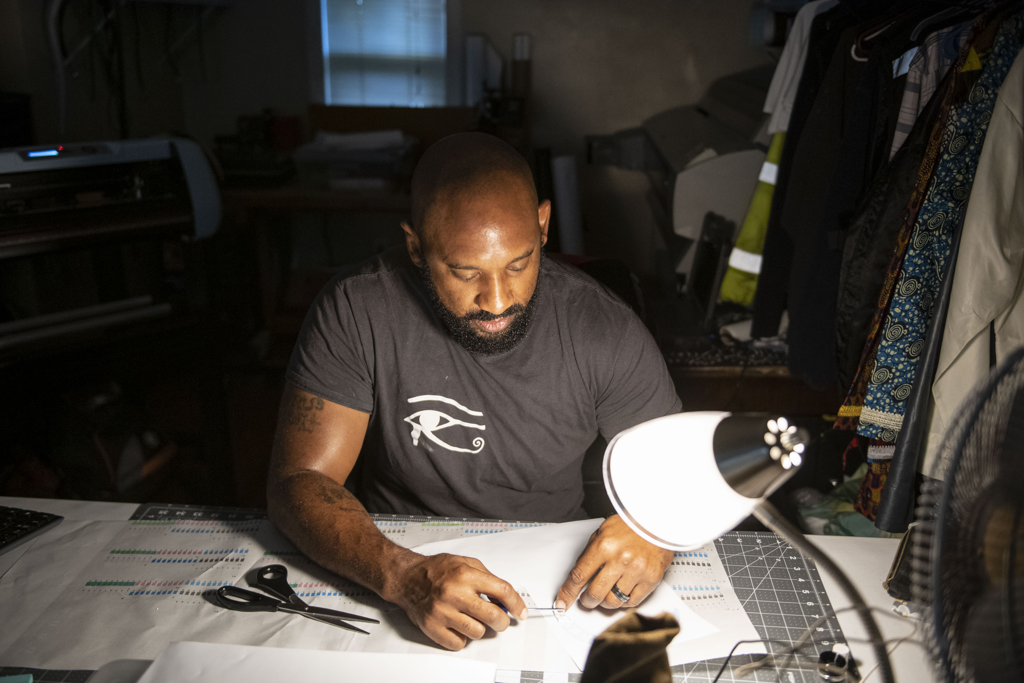
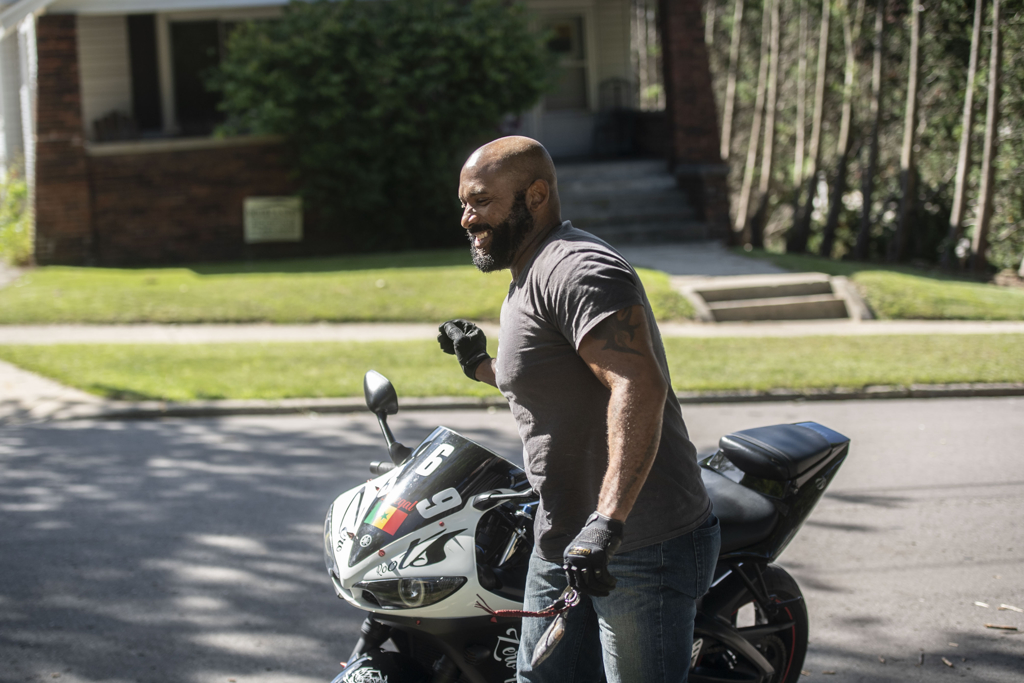

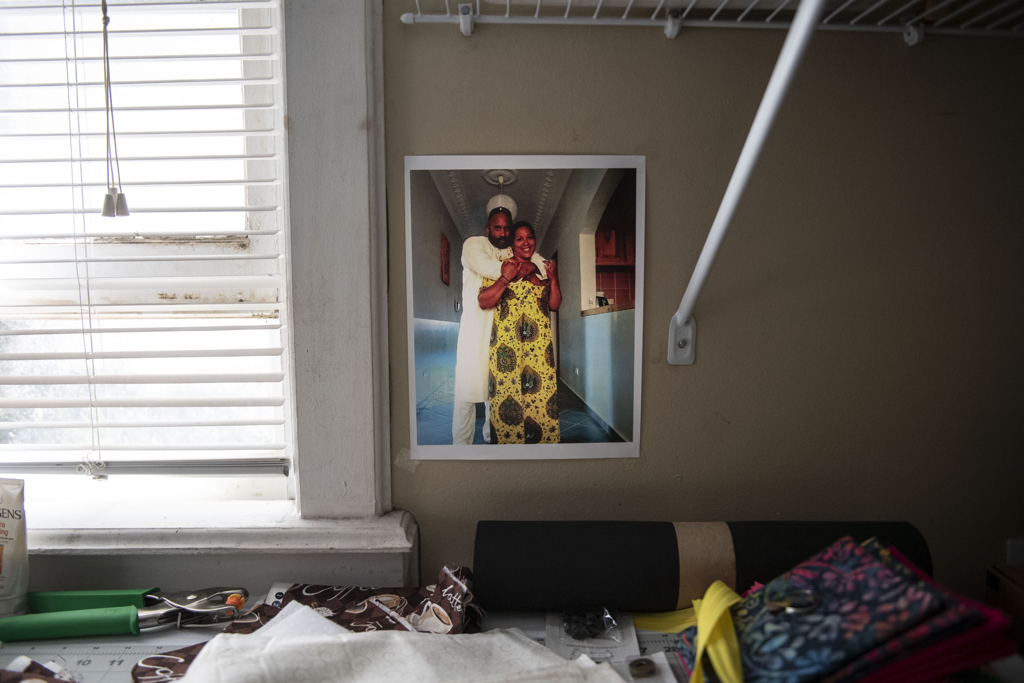
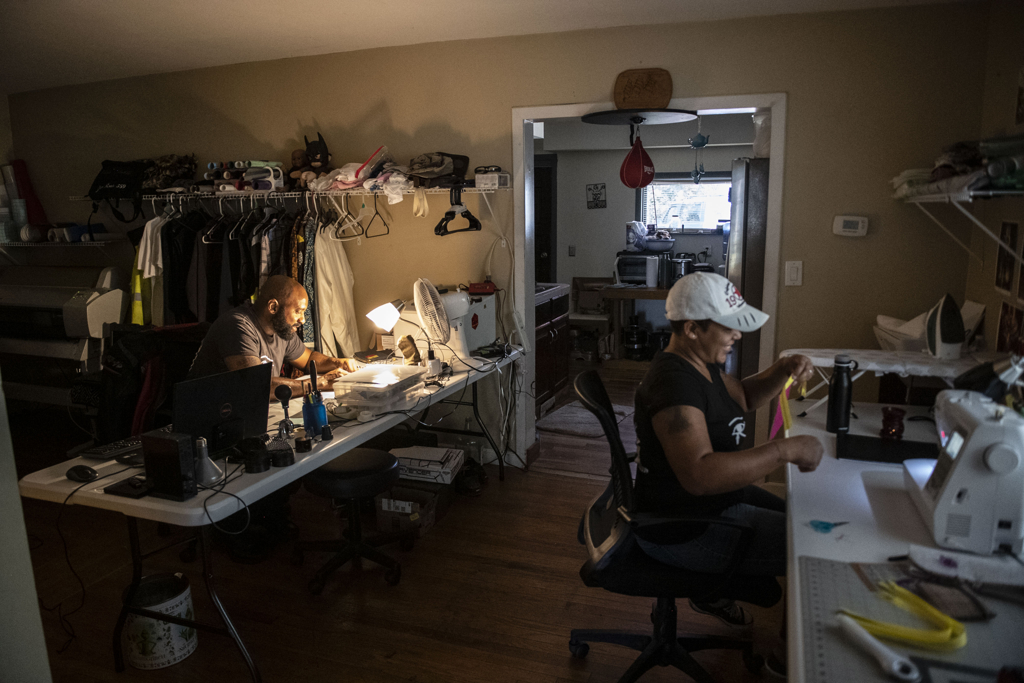




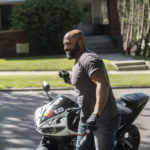

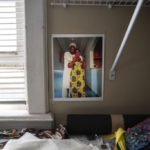
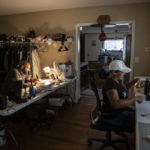
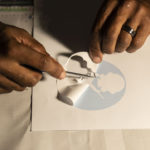

 /a>
/a>
 /a>
/a>
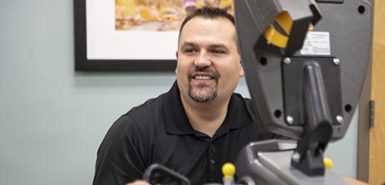 /a>
/a>
Thanks to everyone involved in my miraculous recovery! Update: we’ve made to West Africa many times now as well and many other countries just as beautiful! Life is still absolutely AMAZING!!!!
That’s an awesome story! Dan was telling me about you. So happy it’s all working out so well for you. Excited that it just shows out of tragedy can come beautiful wonderful things. Best wishes on your continued adventures.